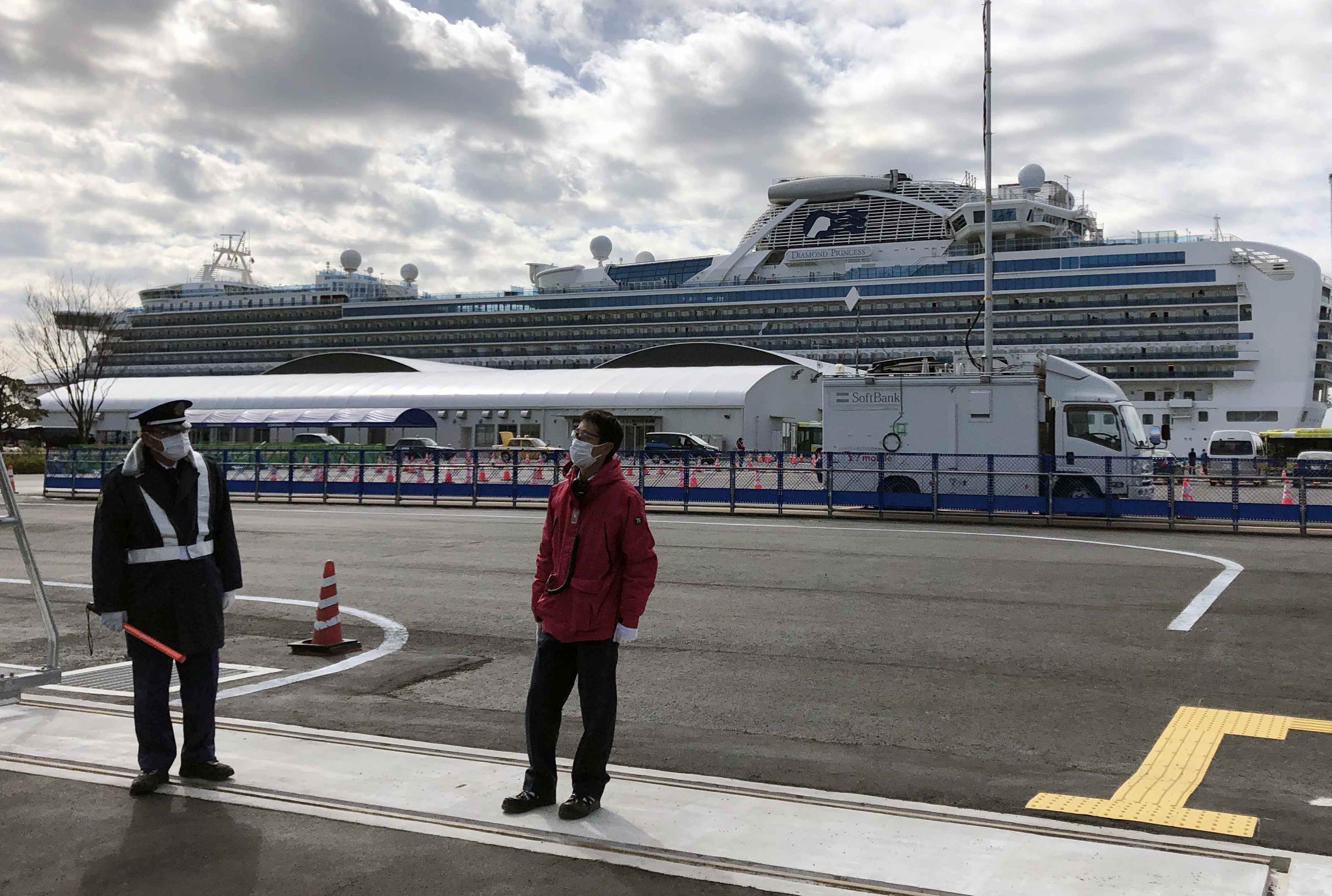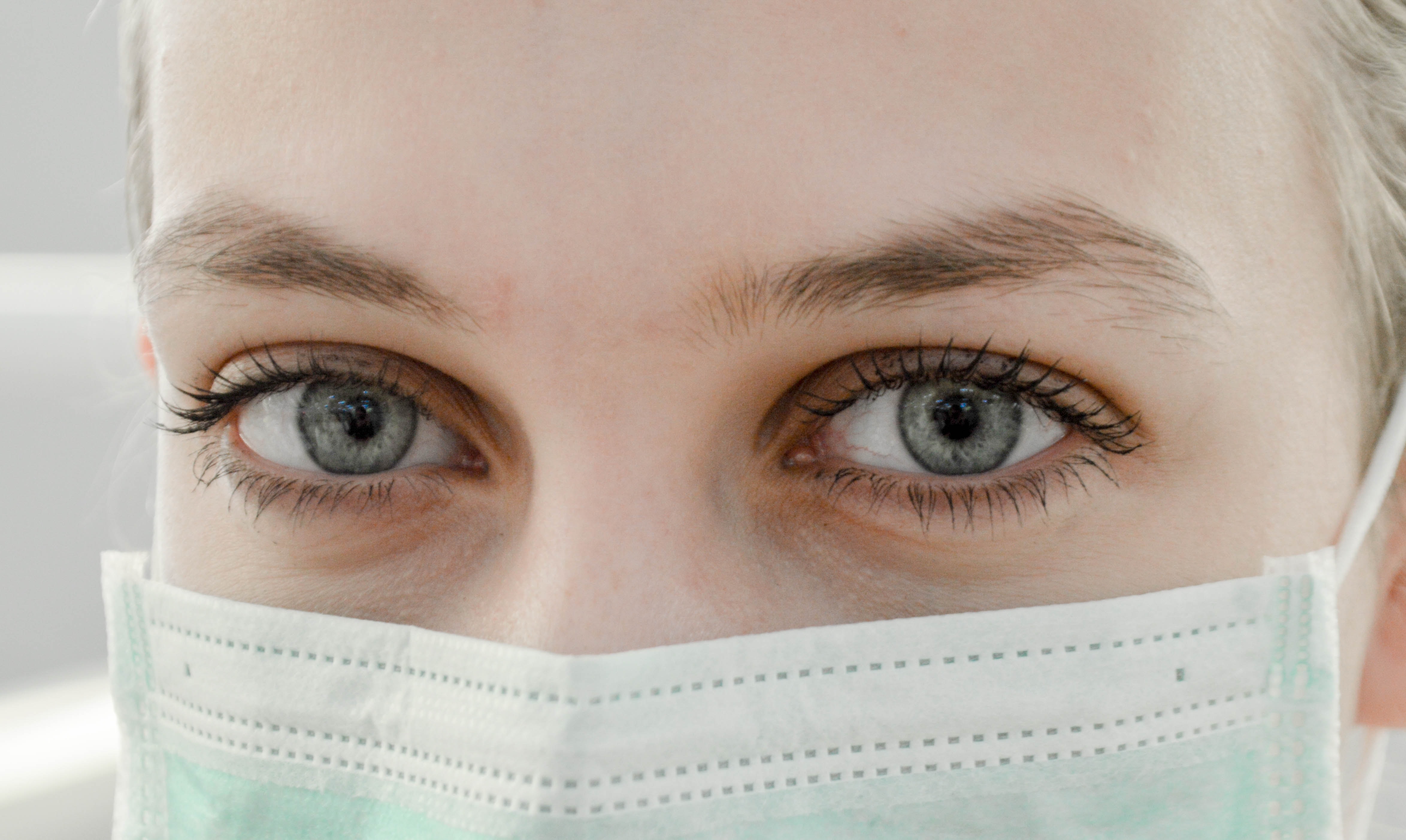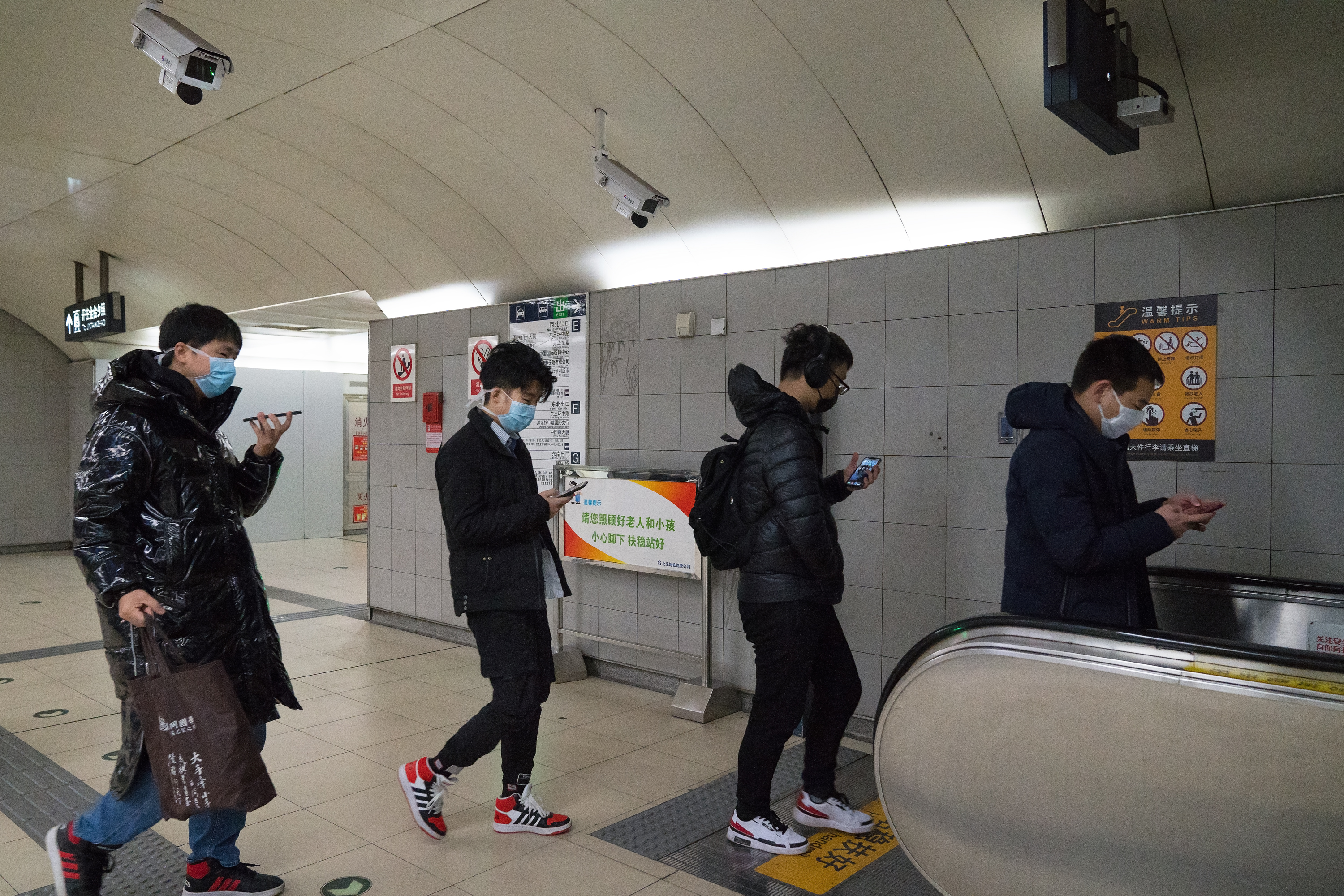Three weeks ago we told you that the coronavirus wasn’t as serious as Twitter and the media were making it seem, and then for the following 23 days, we’ve all heard constantly about how things are getting worse. Now, the death toll is twenty times higher than we initially reported, with 16 times more confirmed cases of infection. Without a doubt, the spread of coronavirus is getting worse, and by the time you read this article, whatever figures are found in it will have likely gotten even worse. That being said, we’re here to tell you: You still don’t need to be freaked out.
Make no mistake, this stuff is scary. With the current state of the world, it’s easy to feel completely defeated when every morning brings with it a horrifying headline that makes you want to throw your phone at the wall. Only, you don’t do that because that’s just another thing that’s going to end up costing you money in the long run. So, you just stay laying in bed staring at the ceiling until you get hungry which will thankfully bring you a few minutes of momentary joy once you get finally get to eat. Unless you’re on like a diet or whatever. But take a deep breath — it’s going to be alright. You still don’t need to panic, in fact, it’s okay to feel a little bit optimistic, let’s break down why.
What’s Happening With The Coronavirus Now?

So glad you asked. Turns out, a lot. The coronavirus now officially has a name, COVID-19. Officially, it’s the seventh known coronavirus to infect humans. The most recent reporting from CBS News has the global death toll above 2,000, with over 75,000 confirmed cases. Cases of COVID-19 infection have been reported in Australia, Belgium, Cambodia, Canada, Egypt, Finland, Germany, Hong Kong, India, Italy, Japan, Macau, Malaysia, Nepal, The Philippines, Russia, Singapore, South Korea, Spain, Sri Lanka, Sweden, Taiwan, Thailand, The United Arab Emirates, The United Kingdom, The United States of America, and Vietnam.
There still is no vaccine for COVID-19. While it has been officially declared a global health emergency by the World Health Organization, it still hasn’t been labeled a pandemic, which is defined as a disease that is prevalent around the whole world. So while it sounds like COVID-19 is just about everywhere, it really isn’t. If you want to get specific, it’s in 26 countries out of 195.
How Many People Are Infected Now And Is It Bad?

Currently, there are 75,000 confirmed cases of COVID-19 infection, the vast majority of which are in mainland China. Over 2,000 people have died in China, including Dr. Li Wenliang, the ophthalmologist who sounded the alarm on the coronavirus (and was reprimanded for doing so). The New York Times also reports that Liu Zhiming — a neurosurgeon and the director of the Wuchang Hospital in Wuhan at the center of the outbreak — has also died after becoming infected with the coronavirus. Outside of China, five people have died across Hong Kong, the Philippines, Japan, France, and Taiwan.
Cases of infection in the U.S. number a mere 29 according to the most recent numbers from CBS News.
Strangely, 542 confirmed cases of coronavirus infection are all located on a single Japanese cruise ship off the shore of Yokohama named the Diamond Princess. The New York Times reports that those 542 cases make the Diamond Princess the single biggest concentration of the coronavirus infection outside of mainland China. That feels pretty scary! Because the ship is currently in quarantine, the 300 American passengers from the Diamond Princess will now have to go through an additional 14-day quarantine on military bases before they’re able to return home.
To put those numbers into perspective, even at 2,000 deaths, coronavirus infection deaths aren’t as high as the annual deaths caused by the flu. The CDC estimates that between 12,000-61,000 people have died from the flu each year since 2010. Though, the current mortality rate of coronavirus infection is 2.5 percent, which is markedly higher than the seasonal flu’s mortality rate of below one percent. Comparatively, The Guardian reports that SARS death rate was much higher than this current strain of the coronavirus at a whopping ten percent.
How Can I Protect Myself?

If you’re really freaked out and you’re the type of person who says things like, “better safe than sorry,” the World Health Organization recommends that the best way to protect yourself is to practice basic hygiene.
- Wash your hands with soap and water.
- Cover your mouth with your elbow when you sneeze or cough.
- Keep a comfortable distance from people with colds. Yes, really!
Should you be breaking out the surgical masks? The answer is a resounding no. According to reporting from Live Science, doctors have pointed out that a standard surgical mask won’t protect you from the coronavirus. Furthermore, you’d need a “specialized mask” known as a respirator if you really wanted to protect yourself. That’s a thicker and much harder to breathe in device — so much so, that it requires training to use correctly.
What Are The Coronavirus Symptoms?

Seriously, you don’t have coronavirus and please stop calling it that! If you must know, Al Jazeera reports that the typical incubation period of COVID-19 is between one and 14 days and is contagious before symptoms appear, meaning infected patients can be totally asymptomatic.
Noticeable symptoms include fever, cough, breathing difficulties, and severe cases of pneumonia which can lead to multiple organ failure and possibly death. Though, to be clear, the majority of deaths from coronavirus have occurred in older patients with weakened immune systems.
See, now you’re getting more freaked out because you just had to know more. Keep this in mind, if you haven’t traveled to Wuhan, stayed on the Diamond Princess, and don’t know anybody who has in the last two months, the likelihood if you contracting the coronavirus is incredibly slim. If you need more reassuring, a massive study of those infected has shown that most infections are mild — not unlike a bout of the common flu or cold.
How Is China Holding Up?

China is really going through some wild times right now. Several airlines around the world have completely suspended flights to and from China and 20 Chinese cities are facing strict travel restrictions.
The New York Times reports that currently over 150 million people in China are either partially or completely confined to their homes. Some neighborhoods require residents to show ID, sign in, and have their temperature checked upon entrance. Others prohibit residents from bringing in outside guests or only let a single person leave a household at a time, only a few times a week. In a district in Xi’an, residents are only allowed to leave their homes once every three days to shop for food and other necessities with a tight two-hour shopping limit.
On the bright side, new coronavirus infections are currently on the decline in China, though new cases continue to rise around the rest of the world. That may not mean the virus has peaked. But, at the very least, it’s a beacon of hope on the horizon.







